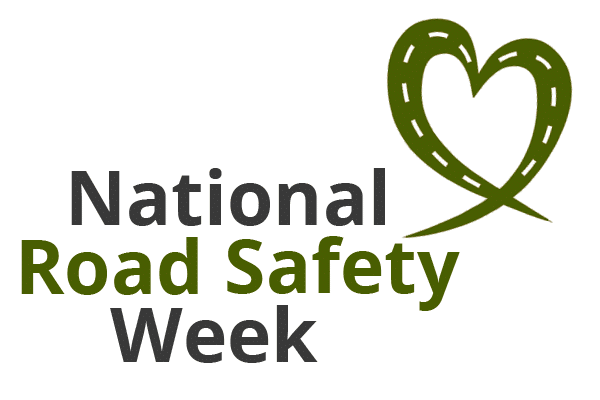A Major Concern For Fleet Managers: Distracted Driving
Distracted driving is one of the biggest problems fleet managers have to deal with. According to the Official US Government Website For Distracted Driving, distracted driving has become a dangerous epidemic. Each year, there are over 3,000 people killed in crashes caused by distracted driving. A driving distraction is any activity that takes the driver’s mind and attention off of the road or reduces the visual connection with the road, traffic and surrounding environment.
For fleet managers, drivers getting distracted while driving can turn into huge financial losses due to injuries and damages to the vehicles. In addition, it can cause reduced productivity when drivers are in an accident caused by distracted driving.
Visual distractions occur when the driver takes his eyes off the road. When a driver’s thinking process about driving is interrupted, it is known as a cognitive distraction. While visual distractions are more obvious, cognitive distractions are often less recognized. For example, although the driver many only be visually distracted for a couple of seconds when dialing a phone number, he is cognitively distracted for the entire length of a telephone call.
Sometimes the fleet managers are actually to blame. They could be assigning tasks for the driver to completed en route to job sites such as calling the office or calling a customer prior to arriving. Furthermore, a fleet manager may not provide their drivers with adequate training. Not all fleet managers are aware of some of the really great training programs available that will teach their drivers the skills they need to drive safe and efficiently. All drivers should receive basic skills driver training regardless of their experience level when they join your organization.
Types Of Distractions
When fleet managers are creating driving policies, promoting compliance and enforcing policies, it is critical they first identify the current distraction trends and their potential impact on their drivers.
Fleet managers must be aware of distracted driving behaviors such as:
– Visual and cognitive distractions
– Talking on the telephone (using both hands-free and handheld devices)
– Data entry (texting, dialing, GPS data entry, etc.)
– In-vehicle activities (drinking, eating, smoking, grooming, reaching for items, etc.)
– Roadside diversions (disabled vehicles, billboards, advertisements on vehicles, rubbernecking, etc.)
– Drowsiness
Distractions Caused By Mobile Devices
While there are many types of distractions drivers face, talking on a cell phones, using other mobile devices and texting while driving are a primary concerns for fleet managers. In fact, many studies uncovered that talking on a cell phone while driving (hands-free or handheld), increases the risk of accidents similar to the risk of accidents with drivers that have a blood alcohol concentration of 0.08. Fleet managers should focus on eliminating the use of these mobile devices while the vehicle is in motion or stopped briefly at traffic lights, stopped signs or in traffic. Drivers should be trained to pull over on the side of the road or into a parking lot if they need to use a mobile device.
Fleet managers should strongly consider implementing a policy banning the use of hands-free and handheld cell phones while the vehicle is in motion. Many companies are beginning to adopt no cell phone usage policies. Although there will be an adjustment period, companies have not reported any loss in productivity. In fact, 9% of fleet managers actually reported an increase in productivity after implementing this type of policy. All drivers will adapt. Before drivers leave their location, they will begin to stop and think if they have made all calls that need to be addressed right away.
For long-term results, the entire organization needs to be held accountable including the business owner and managers. To begin, fleet managers need to make all drivers understand that the policy has no exceptions. It is important that drivers are not just told “do not text or talk on the phone,” they must be told why the policy is so important and solutions must be provided. For example, make a suggestion that drivers keep their phone on silent while they are driving so they are not tempted to answer the call if it rings.
Strict policies need to be developed with clear consequences if a driver uses the phone while in the vehicle is in motion. Policy follow-through is extremely important. If fleet vehicles have an event data recorder installed for recording activities leading to a crash, make sure that the drivers are aware that the recorder will record their mobile device usage as well.
More and more companies are adopting distracted driving policies and no cell phone usage policies. However, a policy is not effective without having a well-developed strategy to back it up. Fleet managers need to step up the policy, allocate the budget and focus to ensure full compliance. Whether it is implementing compliance technology or employing consequences, drivers need to know your business takes distracted driving issues very seriously.










